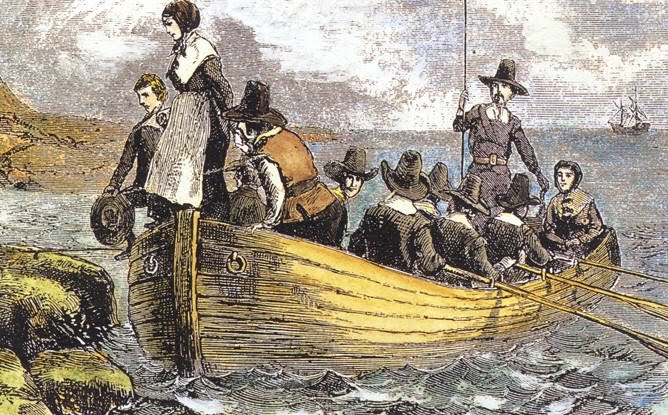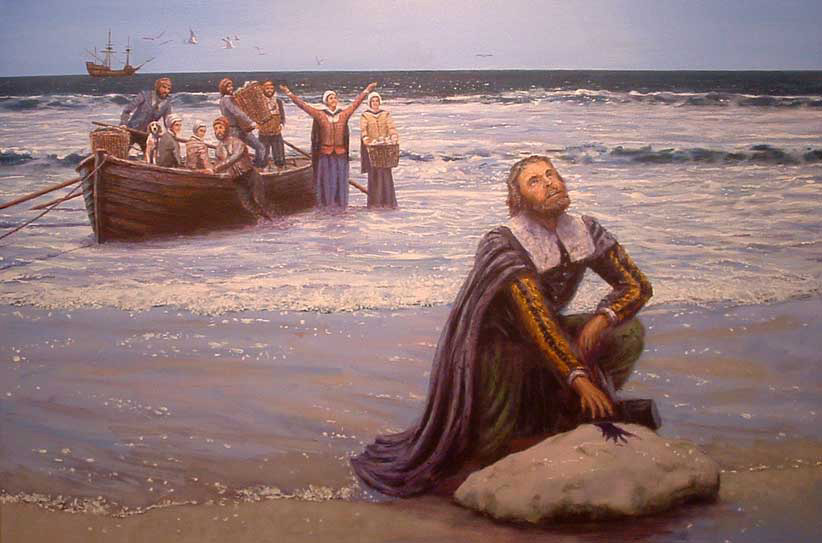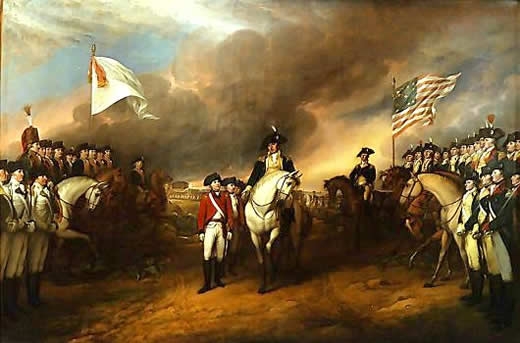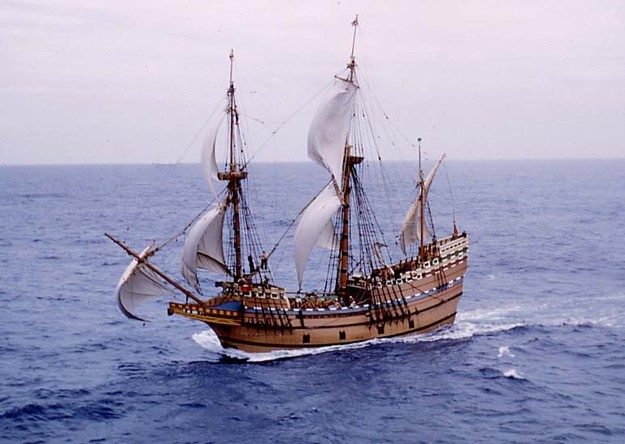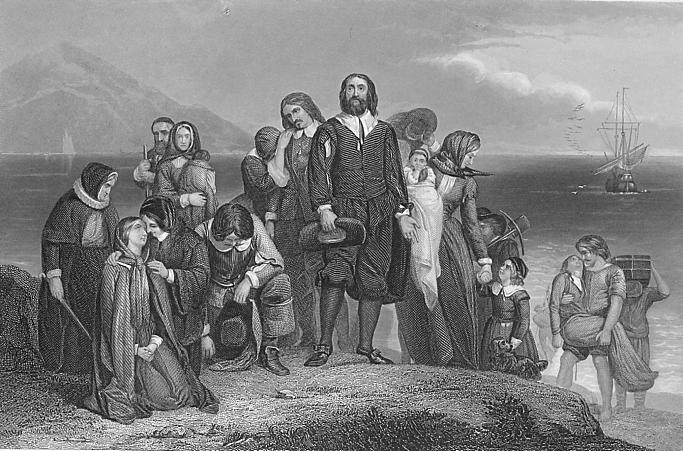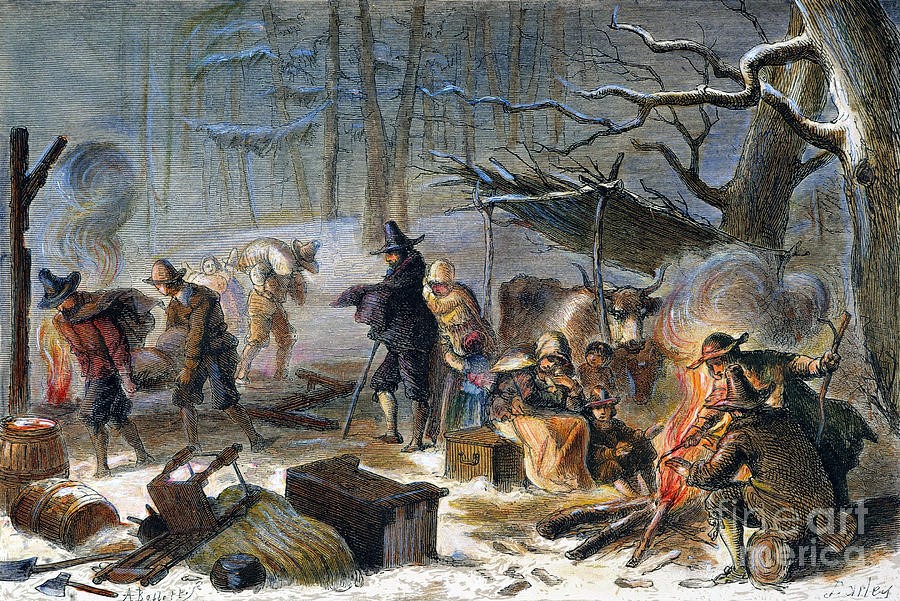Thomas Faunce: “The Man Who Saved Plymouth Rock”
Thomas Faunce, born in 1646 in Plymouth, is the key individual who preserves the memory of the rock the Pilgrims stepped on when landing in Plymouth in December of 1620. The fifth of eight children, his father John arrived on the Anne in 1623 at about 15 years of age and was thus considered a…
Details

